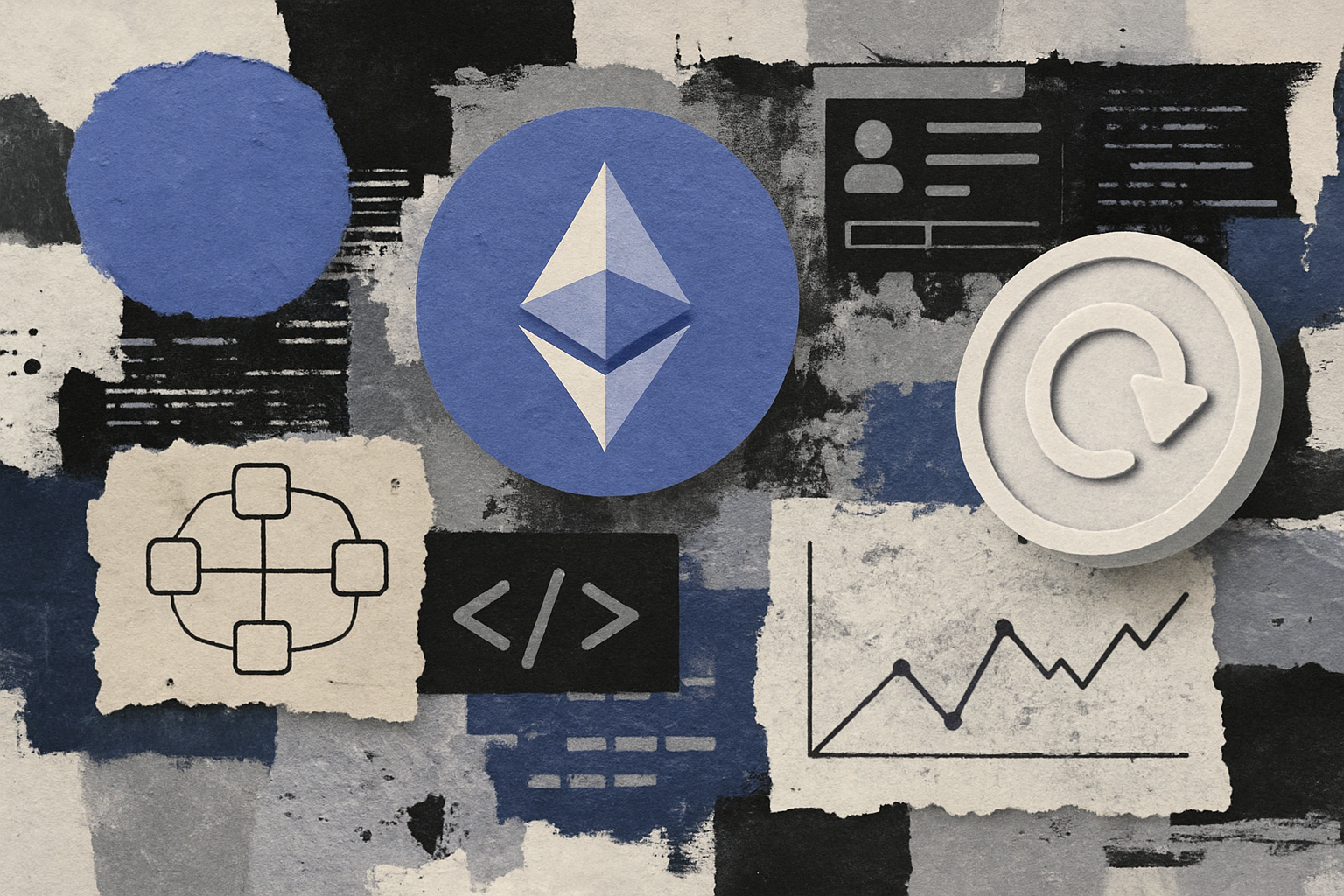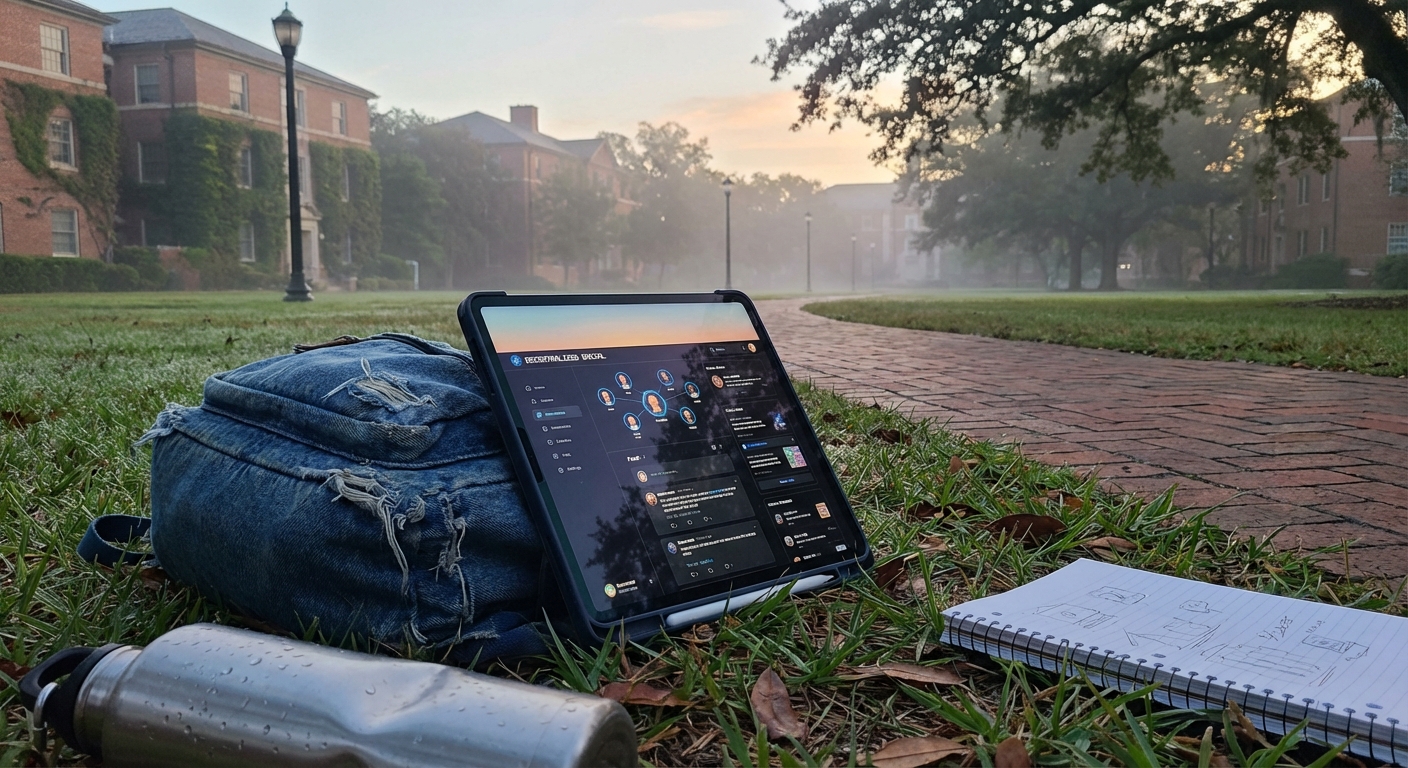
In the rapidly evolving landscape of decentralized social media, two technologies stand out as game-changers: Lens Protocol and Irys. Together, they are redefining what it means to own, control, and preserve your digital voice. As the world grows more conscious of privacy and censorship risks, the need for permanent on-chain social content has never been greater. Let’s explore how this powerful integration is shaping the future of Web3 social.
Why Data Permanence Matters in Web3 Social
The traditional model of social media puts user data at the mercy of centralized platforms. Posts can be deleted, accounts suspended, and entire histories wiped away without warning. For creators and communities seeking true ownership and freedom from censorship, this is a fundamental flaw.
Lens Protocol addresses this challenge head-on by building a decentralized social graph where users own their profiles, relationships, and content. Every post, comment, or follow action is recorded immutably on-chain. But while Lens ensures data sovereignty on a high-performance blockchain (recently migrating from Polygon to its own L2 for even faster settlement and lower costs), there remains a question: how do we guarantee that content is not just user-owned but truly permanent, uncensorable even in the face of network failures or hostile actors?

The Power of Lens Protocol and Irys Integration
This is where Irys enters the scene. By leveraging Arweave’s decentralized storage through Irys, any content created on Lens can be stored permanently, unchangeable and undeletable for as long as the Arweave network exists. When a user publishes a post or uploads media via Lens-enabled apps, that data can be encrypted (using privacy tools like Lit Protocol), then uploaded to Arweave with Irys acting as the seamless bridge.
This process creates an ironclad guarantee: your words, art, or ideas are not only yours but will endure beyond platforms or gatekeepers. This transforms Web3 social media into a living archive, one that is open to all yet controlled by none.
Censorship Resistance in Practice
The implications are profound for activists, artists, journalists, and anyone who values freedom of expression. With the combined power of Lens Protocol and Irys, content cannot be erased by governments or corporations. Even if an app interface disappears or is blocked in certain regions, the underlying content remains accessible through any compatible Web3 reader or explorer.
Key Benefits of Permanent On-Chain Social Content
-
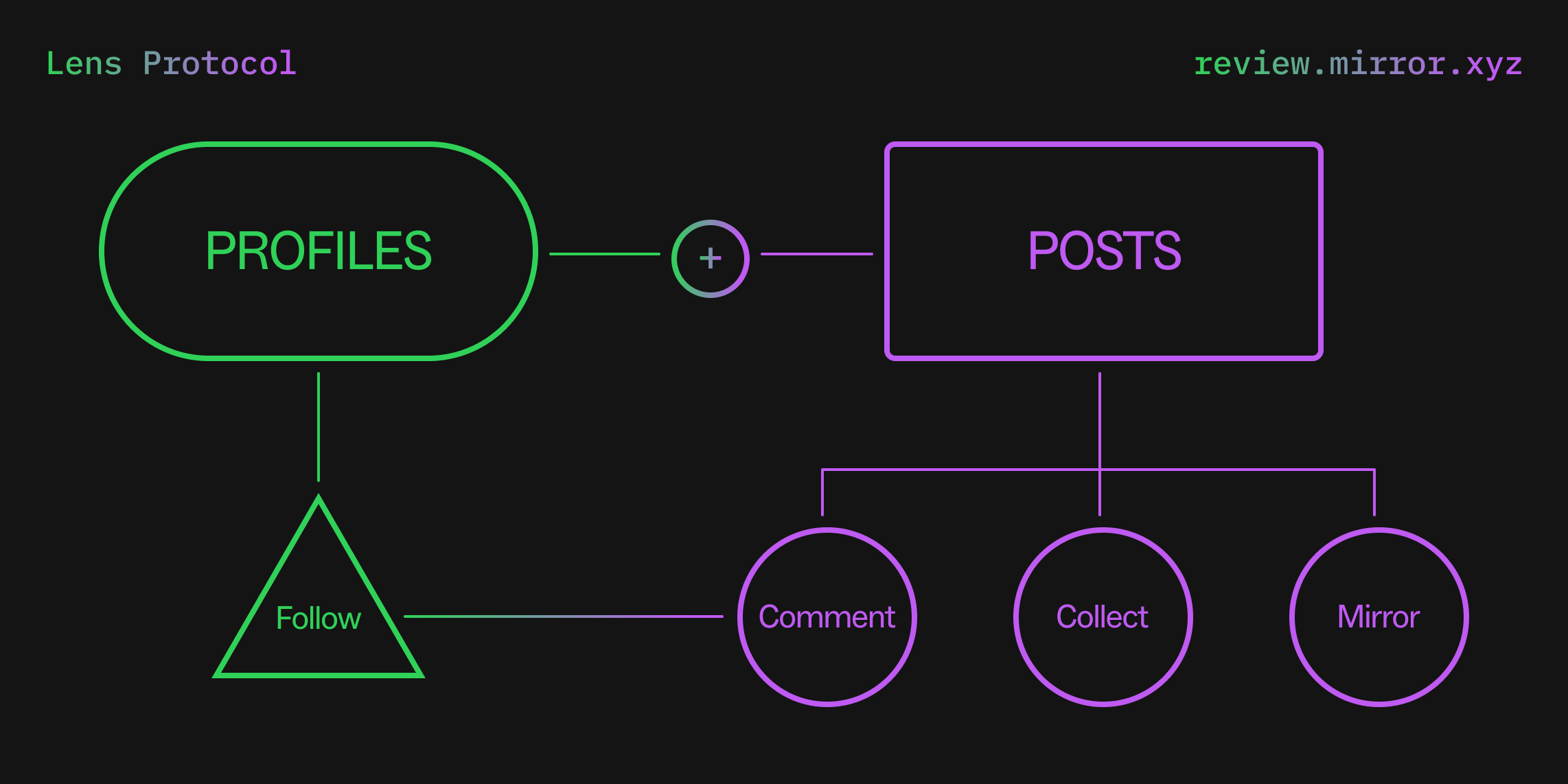
True Content Ownership: With Lens Protocol, users own their profiles, posts, and social connections directly on the blockchain, ensuring no centralized platform can revoke or alter their data.
-

Uncensorable Expression: By storing content on Arweave via Irys, social posts become immutable and resistant to censorship, safeguarding free speech and creative expression.
-

Data Sovereignty and Privacy: Integration with tools like Lit Protocol allows for encrypted, user-controlled content, giving individuals full authority over who accesses their data.
-

Permanent Preservation: Irys ensures that social content is permanently stored on-chain, protecting valuable memories, conversations, and digital creations from loss or deletion.
-
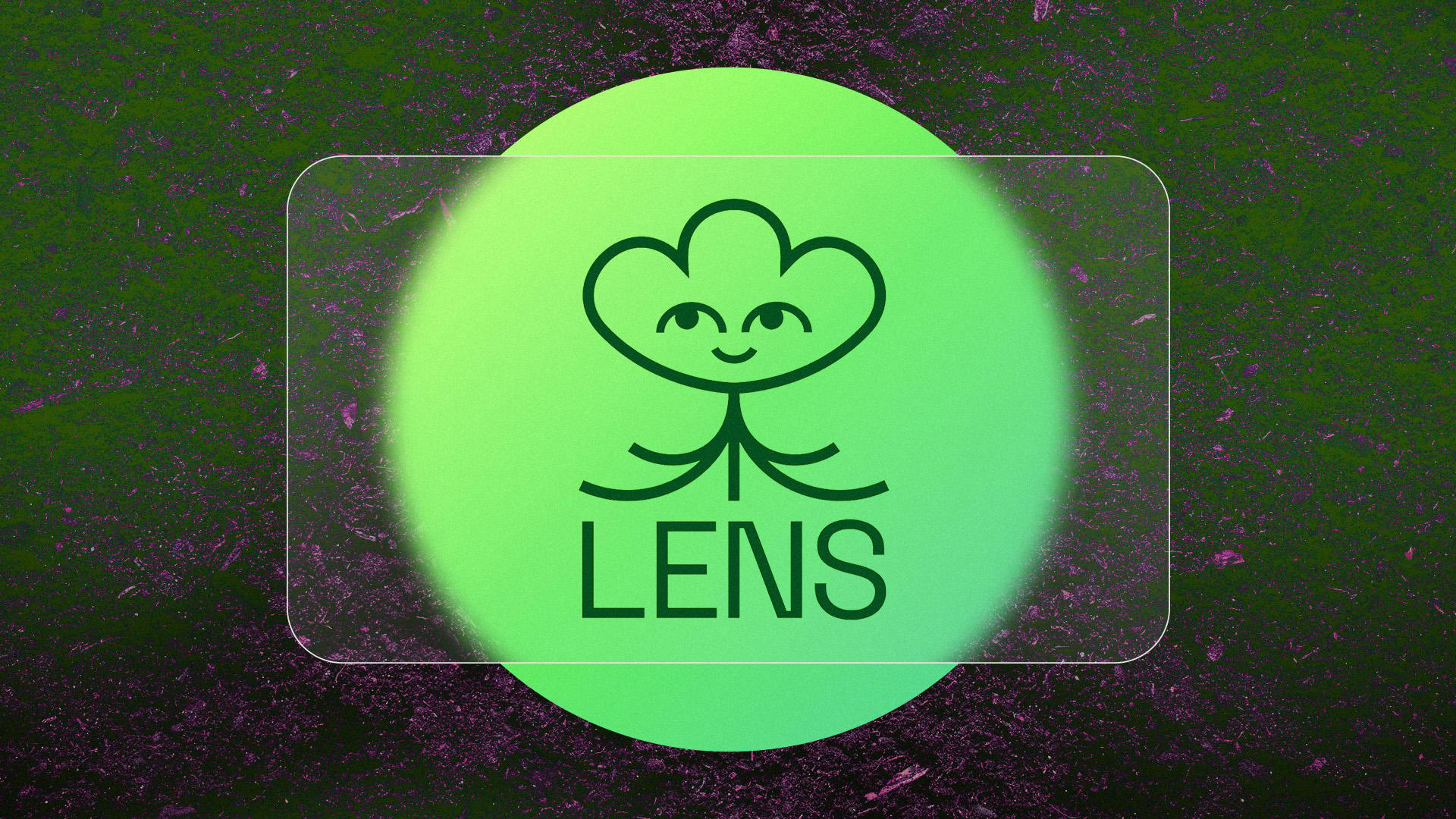
Developer Empowerment: Lens Protocol’s decentralized social graph enables developers to build innovative, Web3-ready social platforms with guaranteed data permanence and composability.
This resilience does not mean sacrificing usability or cost-effectiveness either. The new Lens chain offers instant transaction settlement with stable low fees powered by GHO, which means creators can publish freely without worrying about prohibitive gas costs.
A New Paradigm for Social Media Developers
The integration also unlocks new opportunities for developers building on top of decentralized protocols. By tapping into the programmable royalties system within Lens and leveraging Irys for back-end storage, builders can create innovative monetization models while ensuring that their users’ creations are truly immortalized on-chain.
Developers are now empowered to design social applications that go far beyond the fleeting models of Web2. Imagine platforms where every meme, article, or community discussion is not just a passing moment but a persistent record, owned by its creator, accessible by anyone, and immune to retroactive censorship. This opens the door for new forms of creative collaboration, decentralized publishing, and even on-chain reputation systems where your contributions stay with you for life.
Web3 Social Content Permanence: Practical Applications
What does this look like in practice? Consider an independent journalist publishing sensitive stories through a Lens-powered dApp. With Irys integration, these stories are permanently stored on Arweave, encrypted if privacy is required, making them resilient against takedowns or data loss. Or think of artists minting digital works as social posts; their provenance and history are guaranteed for posterity, regardless of shifting platform policies.
This permanence also empowers communities to build shared archives: DAOs can curate collective histories, educators can publish open resources that never expire, and grassroots movements can preserve their narratives without fear of erasure. The combination of Lens Protocol’s composable social graph and Irys’s decentralized storage means these use cases are limited only by imagination.
Real-World Ways On-Chain Social Content Empowers Users
-

True Ownership of Social Profiles: On Lens Protocol, users own their profiles, content, and connections as NFTs on-chain, ensuring no central entity can revoke access or delete their presence.
-

Permanent, Uncensorable Content Storage: By integrating with Irys and Arweave, social posts are stored permanently and immutably, making them resistant to censorship and deletion by any platform or government.
-

Freedom of Expression Without Fear: Decentralized storage via Irys and Lens enables users to share ideas and stories without risk of arbitrary takedowns, empowering activists, creators, and marginalized voices worldwide.
-
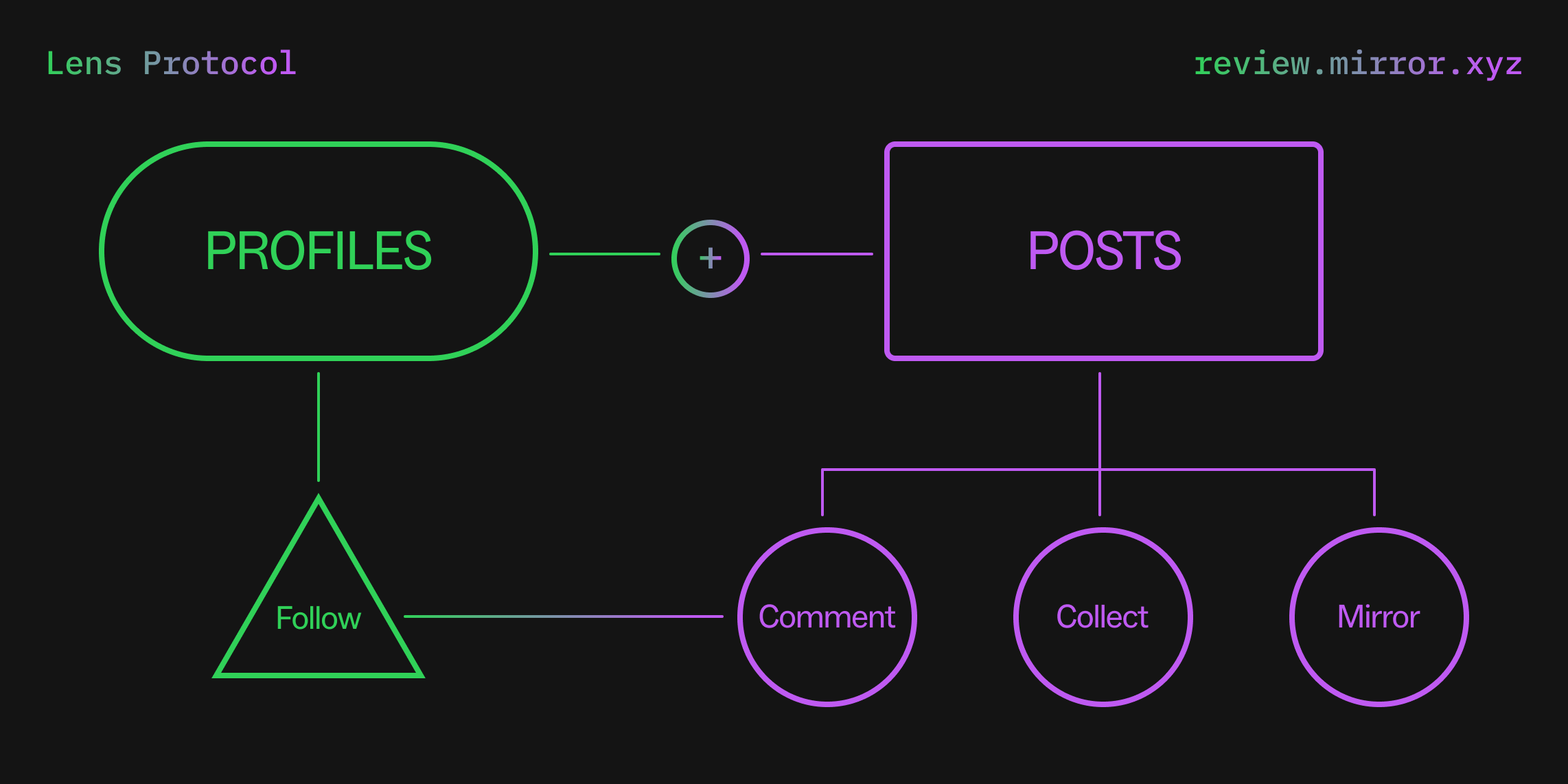
Portability Across Social Platforms: With Lens Protocol’s composable social graph, users can migrate their data and followers to any dApp built on Lens, breaking free from platform lock-in and fostering genuine digital sovereignty.
-
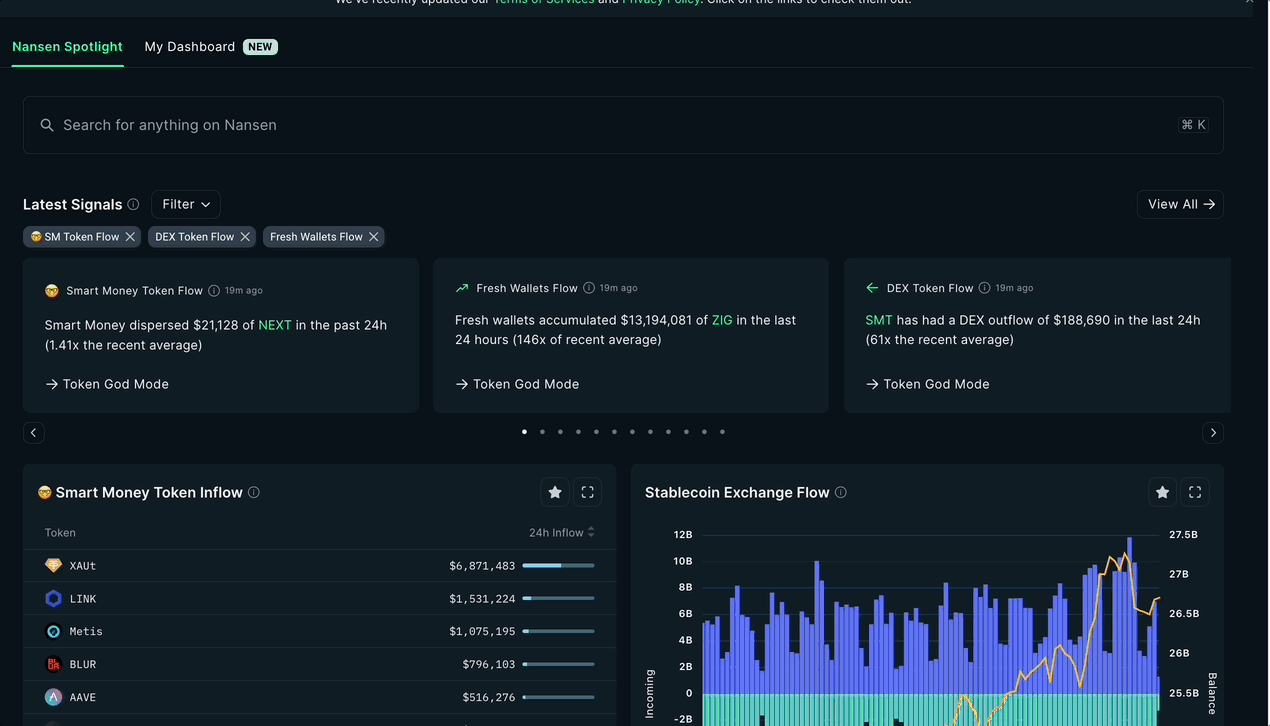
Transparent and Verifiable Social History: All actions—posts, comments, follows—are publicly recorded on-chain, allowing anyone to independently verify the authenticity and timeline of social interactions.
Challenges and the Road Ahead
No transformative technology comes without trade-offs. While storing content permanently offers immense value for freedom and longevity, it also raises questions about privacy management and moderation. Tools like Lit Protocol help address these concerns by enabling encrypted uploads, allowing users to control who can decrypt or view their data even as it remains permanent on Arweave via Irys.
The developer ecosystem around Lens Protocol is rapidly expanding to build more granular access controls, discoverability layers, and user-friendly interfaces that abstract away blockchain complexity. As more creators migrate to Web3 social platforms seeking true sovereignty over their work, we will see increasing demand for solutions that balance data permanence with user rights and safety.
The Future Is Uncensorable, and Yours to Build
The integration of Lens Protocol with Irys marks a watershed moment in the evolution of decentralized social media. For the first time, users have both the power to create freely and the assurance that their digital legacy cannot be erased or rewritten by outside forces. Whether you’re a builder crafting new dApps or a creator sharing your voice with the world, this stack puts you in control, not just today but forever.
As we look ahead, one thing is clear: permanent on-chain social content isn’t just an innovation, it’s a movement toward lasting digital freedom. For those ready to step into this new era of ownership and resilience, the tools are here and the future is bright.




